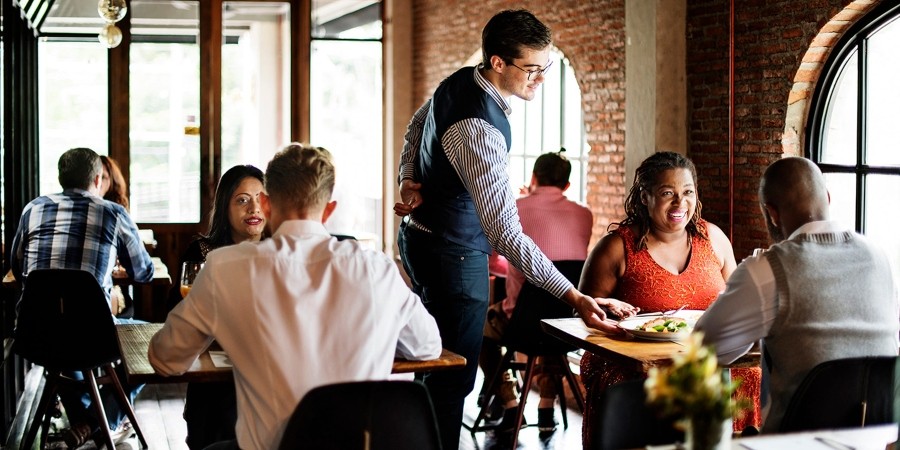Health
CDC says dining out may increase risk of getting COVID-19

WHAT YOU NEED TO KNOW:
- A CDC published report indicates that dining outdoors raises risks of COVID-19 transmission, more than other activities like shopping.
- Findings from a study involving 314 people from various states were asked to report their activities within the 14 days before getting diagnosed with the virus.
- Those who tested positive including those without exposure to the virus were more likely to have eaten or drunk in a restaurant or bar.
As states consider the safest ways to reopen restaurants, a report from the Centers for Disease Control and Prevention on Thursday revealed that eating out increases the risk of getting infected with the Coronavirus.
The CDC findings involved 314 residents from different states that have varying restaurant operation capacities such as Colorado, Maryland, Massachusetts, Minnesota, North Carolina, Ohio, Tennessee, Utah and Washington.
All of the participants, who initially showed COVID-19 symptoms, were quizzed by researchers about their social activities two weeks before getting infected with SARS-CoV-2, the virus that causes COVID-19.
Aside from reporting similar activities like attending church, going to gyms and stores, all respondents reported one exception-that is, dining out or having drinks at a bar or coffee shop.
According to the study authors, those with positive SARS-CoV-2 test results were about twice as likely to have reported eating out at a restaurant than those whose results came out negative. Additionally, those infected but without any known prior exposure to the virus had more reports of going to a bar or coffee shop within the two previous weeks.
Research co-author and Vanderbilt University Medical Center associate professor Dr. Todd Rice said the higher risks make sense since it’s quite difficult to maintain mask use and social distancing while in a place that offers on-site eating and drinking.
“If people are going to eat out, they need to be thoughtful about how they’re going to do it,” said Rice.
“Even if I’m sitting at a table and the food hasn’t arrived yet, I still wear a mask. I won’t sit at a table that’s next to somebody else,” he said adding that he also prefers to be seated outdoors.
However, one limitation of the study is that the questions on dining at a restaurant did not ask whether they ate indoors or outdoors.
Infectious disease specialists maintain that outdoor areas have greater ventilation making it safer than indoor spaces.
CDC guidelines for dining out also includes that delivery, take out or food picked up via drive-thrus or curbside, provide the lowest transmission risks for COVID-19.
Source: AOL.Com
